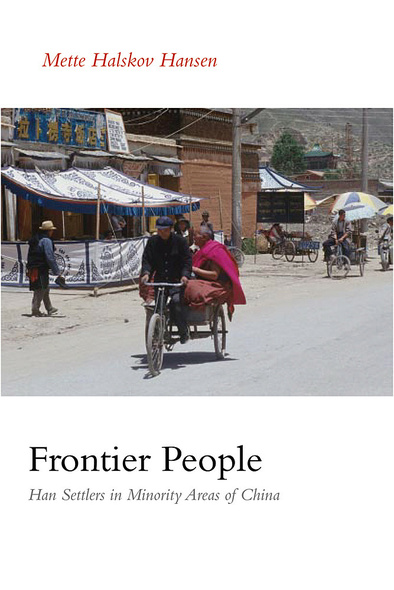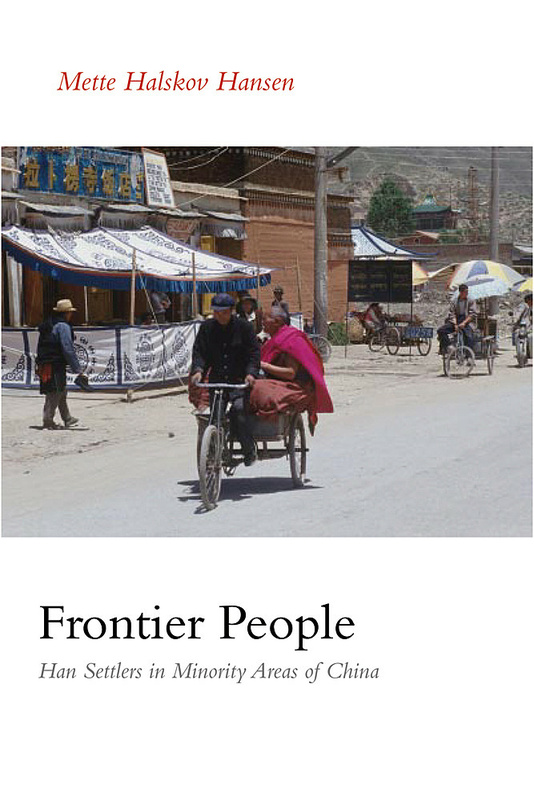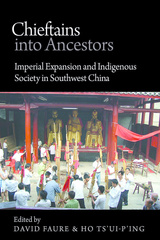Chinese migration to Tibet and other border areas – now withinthe People’s Republic of China – has long been apolitically sensitive issue. As part of an ongoing process of internalcolonization, migrations to minority areas have been, with fewexceptions, directly organized by the government or driven by economicmotives. Dramatic demographic and economic changes, often spearheadednot by local inhabitants but by Han Chinese immigrants, have been theresult.
Frontier People shows how the Han themselves have beendirectly involved in the process of transformation within these areaswhere they have settled. Their perceptions of the minority natives,their “old home,” other immigrants, and their own role inthe areas are examined in relation to the official discourse on themigrations. This study contests conventional ways of presenting Hanimmigrants in minority areas as a homogeneous group of colonizers withshared identification, equal class status, and access to power. Basedon extensive fieldwork in two local areas, Frontier Peopledemonstrates that the category of “Han immigrants” isprofoundly fragmented in terms of generation, ethnic identification,migration history, class, and economic activity.
In this respect, the book makes an invaluable contribution to theliterature on colonization from the varying perspectives of thecolonizers – a diverse group of people with equally diverseperceptions of the colonial project in which they play an integralpart. This incisive volume will appeal to a wide range of scholars andstudents of anthropology, Asian studies, history, and immigrationstudies.
Map
1. Introduction: Chinese Colonial Projects and the Resettlement of Han
2. Han Immigrants and their Work in Minority Areas
3. Dynamic Encounters : Being Han in a Minority Area
4. Han Families and Images of Home
5. Rationalising Resettlement: Contested Notions of Han ‘Migrants’
6. Han Immigrants’ Images of Ethnic Minorities
Afterword
Bibliography
Character List
Index






